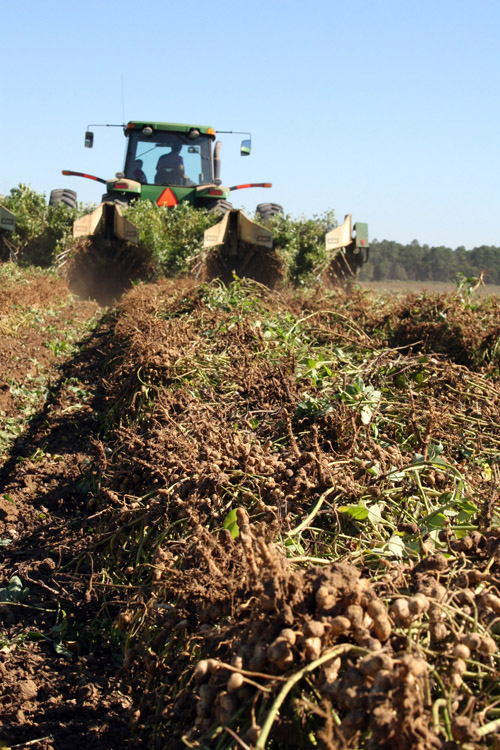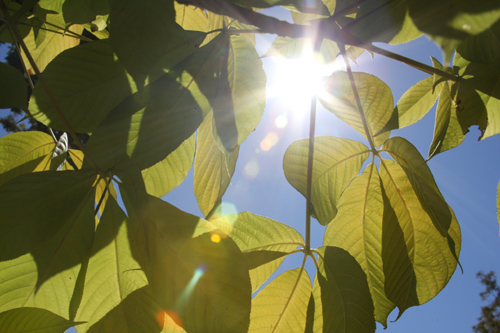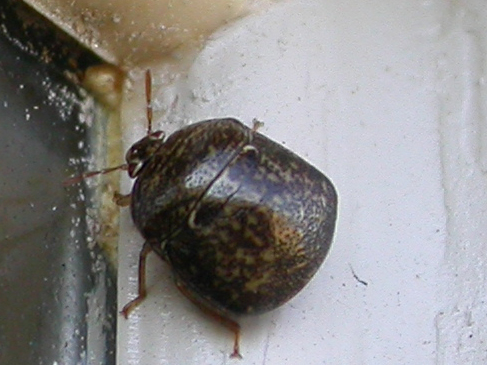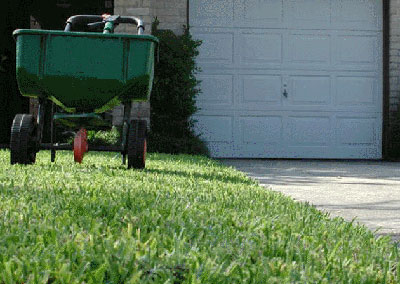.jpg) CAES News
CAES News
High prices
Cotton prices right now are the highest in history. Prices for other Georgia-grown row crops are riding high, too. And the ride could last well into next year, say University of Georgia farm economists.

Putting2(Small).jpg)


.jpg)



